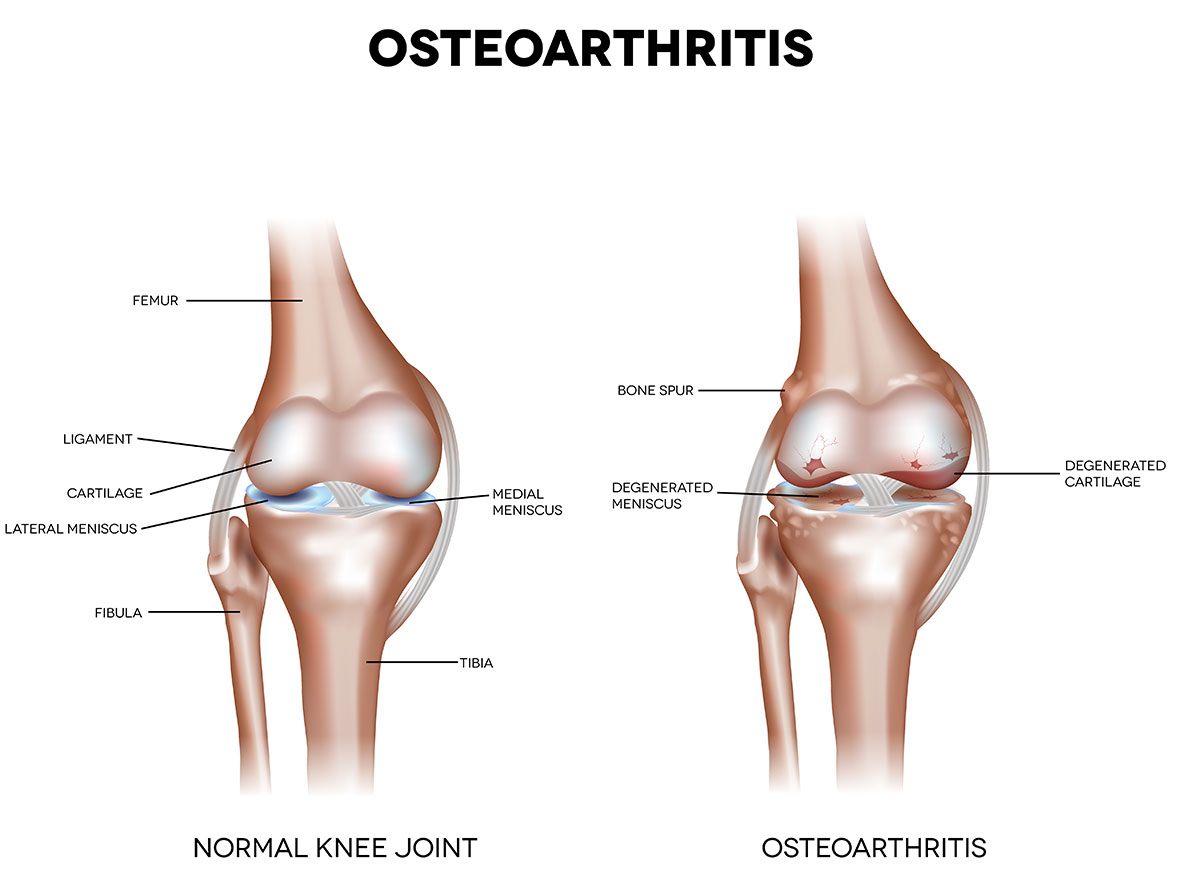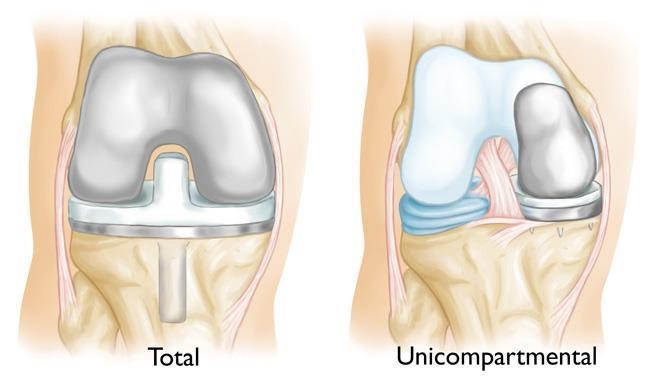
Introduction
The rumour mill’s always told regular runners that running will ruin their knees. The truth is that it’s running incorrectly that would hurt your knees. In fact, regular running and jogging actually put you at less risk of developing osteoarthritis compared to your non-runner friends.

What is osteoarthritis?
Osteoarthritis is the most common type of arthritis, and it is widely considered to be caused by wear and tear.
Osteoarthritis occurs when the protective tissue between the bones, called cartilage, breaks down. As the cartilage deteriorates, there is less cushioning between the bones, and ultimately leads to bone rubbing on bone. This causes pain, stiffness, and swelling.
Osteoarthritis affects up to 10% of the adult population and 20% of the elderly population in Singapore. However, the number of young patients are increasingly rising. That being said, age isn’t the only reason cartilage wears down — people can get premature osteoarthritis from sports injuries, hence, incorrect running being a cause.
Why do runners have lower rates of osteoarthritis?
One of the main causes of osteoarthritis is obesity as extra weight increases strain on the knee. However, runners tend to have lower body fat and a lower body mass index (BMI). Therefore, they have a lower risk of developing osteoarthritis.
Another reason why runners have lower rates of osteoarthritis is that the “use it or lose it” principle can be applied to the knee joint. This means that the more you use your knee, the stronger it becomes. Research has shown that running helps to lubricate your knee joint and build new cartilage. Your cartilage also adapts to meet the demands of running and becomes stronger.
How to lower your risk for common knee injuries?
Although running does not increase your risk of osteoarthritis, having bad running techniques may increase your risk of knee injuries.
The good news is that you can prevent sports injuries by taking the following steps:
- Wear proper footwear
You should wear properly fitted running shoes that meet your specific running style with proper arch support. Your foot should fit snug but comfortably at the heel, with a little wiggle room around the toes. To get the best fit, buy your shoes from a specialty running shop and bring your usual running socks. You should replace your shoes when they are worn out as old shoes lose cushioning. - Warm-up before your run
Warming up before exercising increases the blood flow and oxygen to your muscles. It also increases your range of movement at your joints, thus, reducing the risk of sports injuries. - Stretch regularly
Regular stretching helps to improve flexibility, allowing you to have a larger range of motion. Stretching after exercise can also help to reduce muscle soreness and tension. - Strengthen your muscles
It is important to strengthen the muscles that support your knee as this helps to prevent injuries. Ways to strengthen your muscles include bodyweight exercises and lifting weights. - Listen to your body
Stop or cut back on exercising if you experience any pain or exhaustion. Trying to push your body past its limit can increase the risk of injury.

Can you treat osteoarthritis?
Osteoarthritis is usually treated with a total knee replacement. However, if detected early, younger patients could possibly undergo partial knee replacement surgery — a minimally invasive surgical option where only the affected parts are resurfaced and healthy bone segments are kept. This means you get to keep your ligaments and also means faster recovery.
The Oxford Partial Knee Replacement is ideal for patients with knee arthritis in the medial compartment, or inner side, of the knee joint. The procedure involves replacing this part of the knee with a small implant, in order to restore stability, durability, and smooth movement to the knee joint. It uses Minimally-Invasive Surgical (MIS) techniques and is followed by a recovery period of 4 to 6 weeks.
With proper treatment and rest, you’ll be back to running in no time!
Conclusion
In summary, running regularly can help to strengthen and protect you against osteoarthritis. So long as you take the right steps to prevent sports injuries, running is safe and healthy for your knee joints.
Keep in mind, though, that you should take precaution if you already have existing knee injuries or are overweight. Remember — it’s all about proper practices and moderation!
References:
https://oxfordortho.sg/conditions/hip-knee/osteoarthritis/
https://health.clevelandclinic.org/how-to-prevent-running-injuries-6-expert-tips/
https://www.runnersworld.com/health-injuries/a32598733/is-running-bad-for-your-knees/
https://complete-physio.co.uk/is-running-bad-for-my-knees/
https://www.webmd.com/fitness-exercise/features/does-running-damage-your-knees#1
